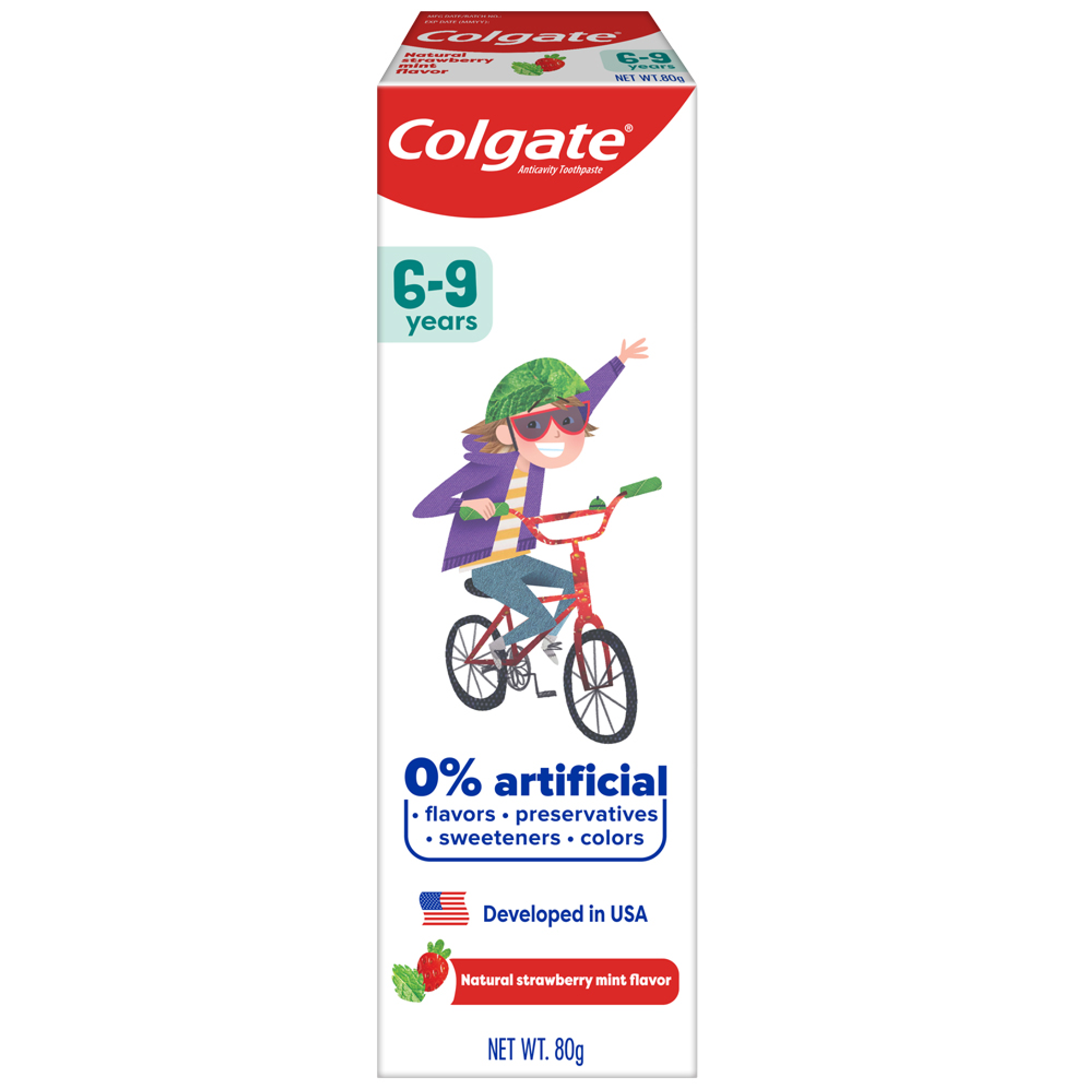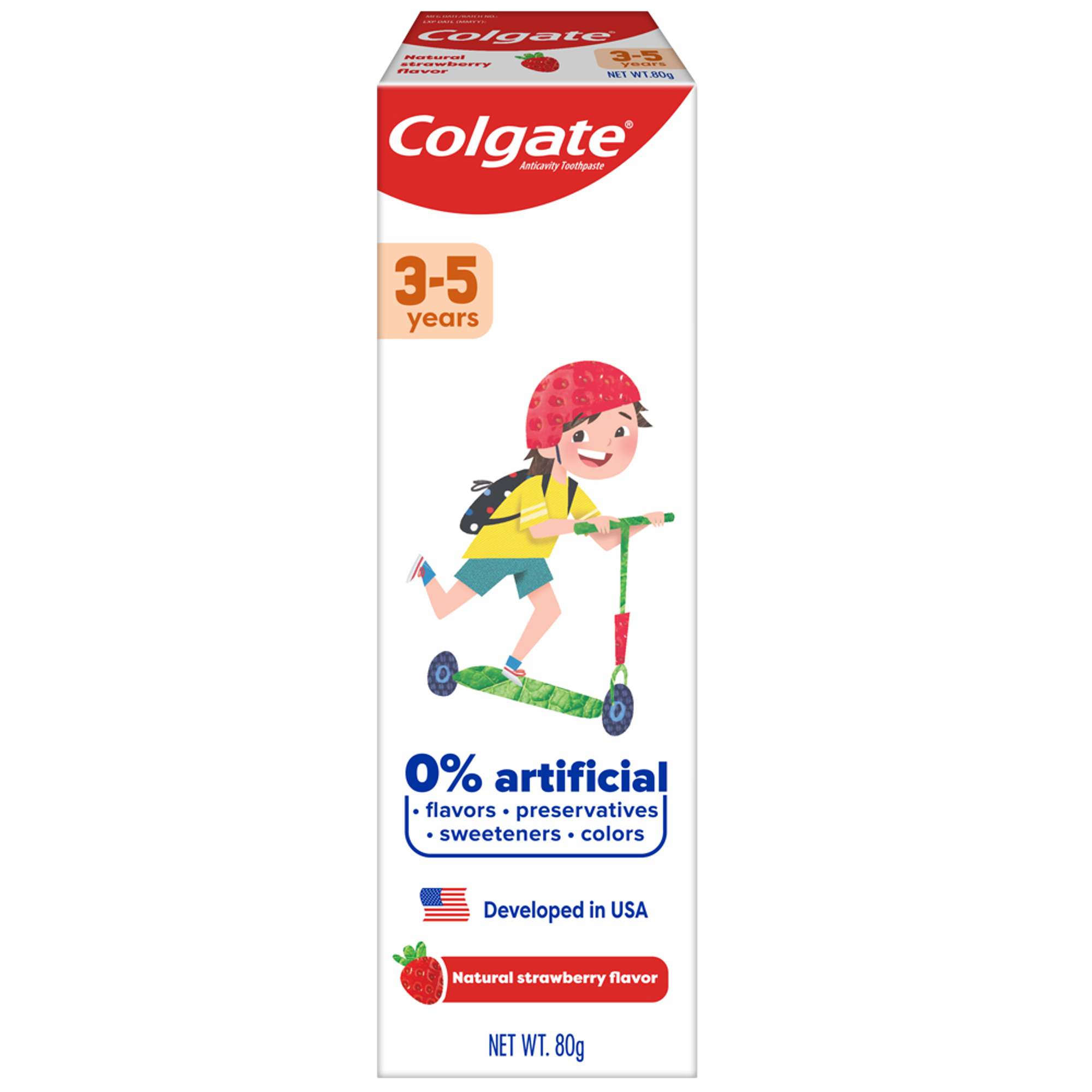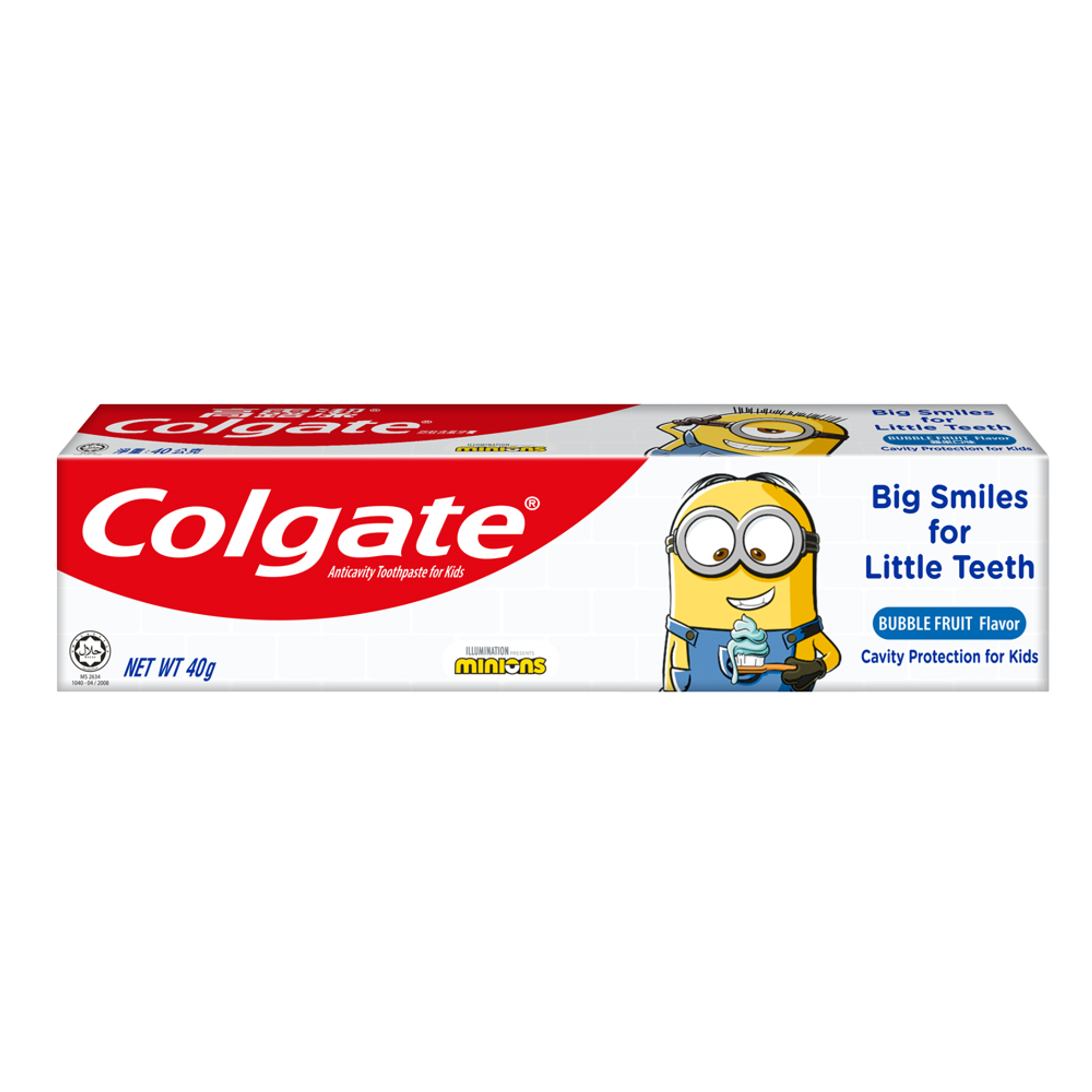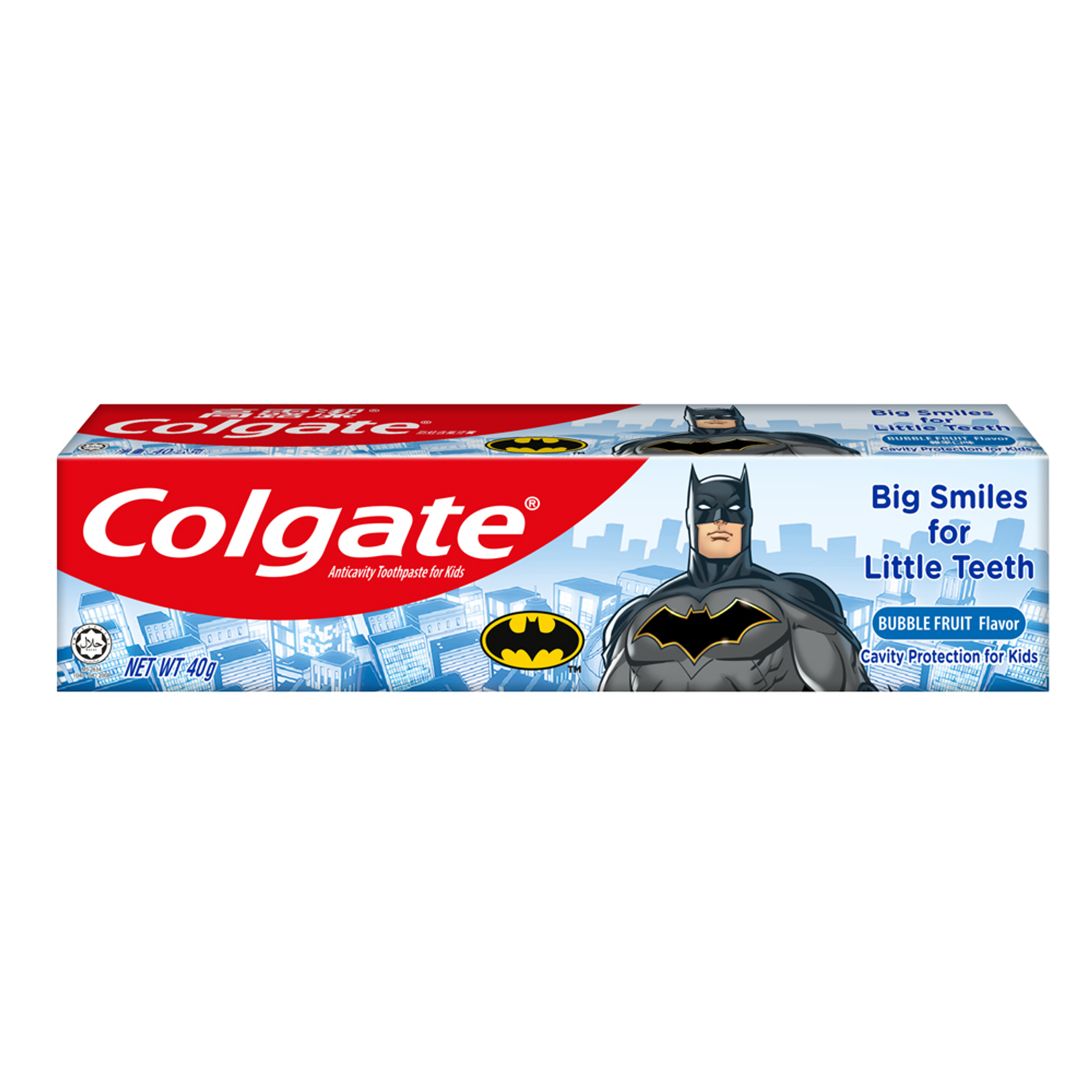-
-

FLUORIDE
Discover how stannous fluoride toothpaste prevents cavities and other oral health issues. Learn the key benefits of fluoride for teeth and its best uses.Fluoride plays a vital role in oral healthcare...

TEETH WHITENING
Teeth Whitening Serum for a Brighter, Confident SmileWho does not want whiter and brighter teeth? Thanks to the many teeth-whitening products available today...
-
Science & Innovation
- ORAL HEALTH ASSESSMENT
- Colgate® | Toothpaste, Toothbrushes & Oral Care Resources
- Oral Health
- Which Tooth Is Next? Using a Permanent Teeth Chart to Track Your Child's New Teeth


Between the ages of about six months and three years, you watched as your child got all of his primary teeth. Starting around the age of five or six, you get to enjoy the process all over again, as those teeth fall out and the permanent set erupts. Although it only took a few years for your child to get his primary teeth, it can take a decade or more until the final permanent tooth comes in. To help, you can use a permanent teeth chart to keep track of which adult teeth come in and when. When a child's teeth start growing can vary, but they generally erupt in the same order for everyone.
Using the Chart
A permanent teeth chart can help you and your child keep track of his progress while having a bit of fun. Print out copies of the chart, published in detail by the American Dental Association (ADA) Mouth Healthy site, and fill in each tooth in a different color as it comes in. Make a game out of the chart by printing several copies and letting your child number each tooth in the order he predicts it'll appear. If your child guesses correctly, reward him with a meal out or a trip to the movies!
Types of Teeth
One of the biggest differences between primary and permanent teeth is quantity. People tend to have only 20 baby teeth, but can have up to 32 permanent teeth. The latter set consists of four types: incisors, canines, premolars and molars. The incisors – located in the front of the mouth, nicknamed the "front teeth" – typically come in first. The permanent central incisor in the lower jaw is the first to appear, around age six or seven.
The next teeth to appear are usually the first molars. These typically appear by age six or seven as well, and are fittingly called the "six-year molars," according to the Center for Pediatric Dentistry. Two are on the bottom row of teeth and two are on the top. They may be considered "extra" teeth because they aren't replacing a primary tooth.
After the first set of permanent molars appear, your child will most likely lose the front, central incisor in the upper jaw, and eventually see a new tooth come in at that spot. Next to erupt are the incisors right next to the central teeth, called the lateral incisors, usually by age nine.
Many children then get their pointy canine teeth, next to the lateral incisors, on the bottom row. This is followed by their first premolar – or bicuspid – two spaces in front of their six-year molars on both the top and bottom. After the premolars, the canine teeth on the top row erupt, as do the second premolars. By age 13, the 12-year molars have usually erupted on the top and bottom rows on both sides, at the back of the mouth.
What About the Wisdom Teeth?
Not everyone keeps all 32 permanent teeth. The last four teeth, also called the wisdom teeth, according to the ADA, usually don't appear until people are in their late teens or early 20s. Some people never get them, and many have to have them removed before they erupt if there isn't enough space in the mouth. Your child's dentist will keep a close eye on the progression of this last set of molars, and let you know whether or not it's a good idea to have them removed.
Caring for New Teeth
With proper dental care, your kids' permanent teeth will last for the rest of their lives. Encouraging great dental habits, such as brushing twice a day, using a toothpaste such as Colgate® Fresh 'N Protect, and flossing daily, reduces their risk of tooth decay. Similarly, dental treatments such as sealants and fluoride gels can further strengthen the teeth and protect against decay.
Having the permanent teeth come in a is major milestone in your child's life. Monitoring them with a teeth chart gives you something to remember it by.
Related Articles

Do you remember losing your first tooth? Consider using a tooth fairy pillow for your child to place their lost teeth in. Learn more here.


Related Products

Helping dental professionals
More professionals across the world trust Colgate. Find resources, products, and information to give your patients a healthier future








